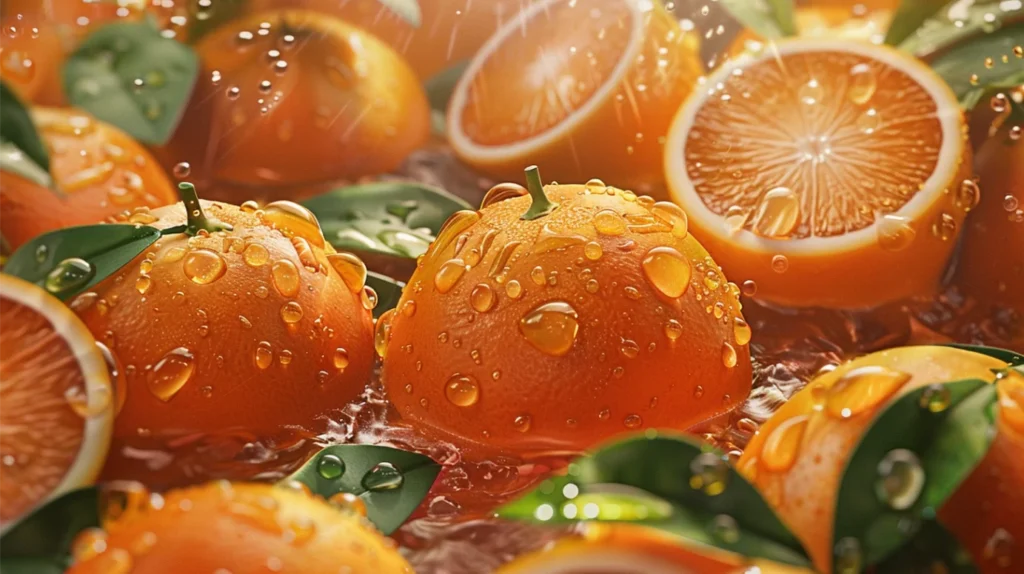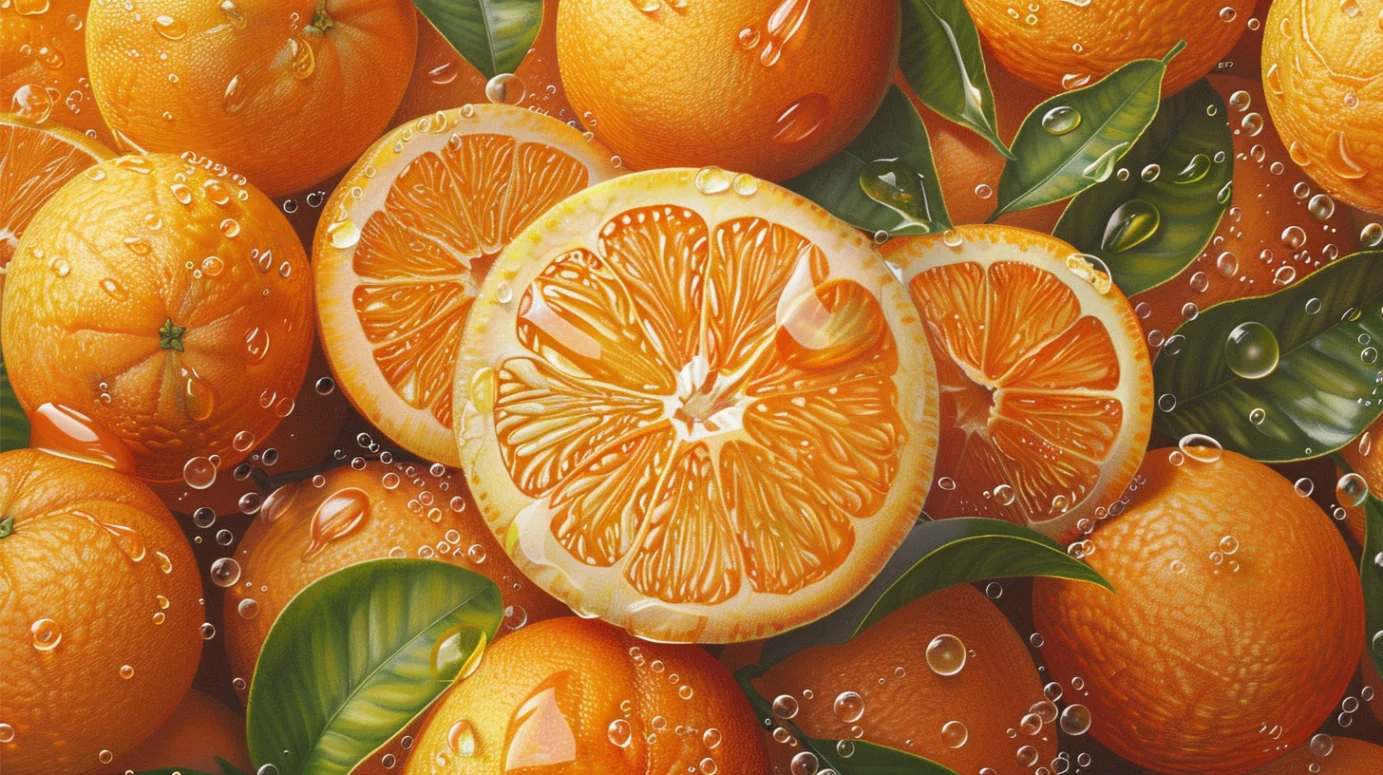Oranges are one of the most beloved fruits in the world, enjoyed for their sweet, juicy flavor and vibrant color. But have you ever wondered where these citrus delights originated? The answer may surprise you! In this blog post, we’ll explore the fascinating history of oranges and how they spread across the globe.
The Early Days of Oranges
Contrary to popular belief, oranges did not originate in Florida or California. In fact, the earliest known ancestors of the modern orange can be traced back to Southeast Asia, specifically China and India. These ancient citrus fruits were much smaller and more bitter than the oranges we know today.
The first recorded mention of oranges dates back to 314 B.C. in China, where they were considered a luxury item reserved for the wealthy. Chinese emperors prized the fruit for its flavor and medicinal properties, believing it could:
- Aid digestion
- Boost the immune system
- Promote longevity
Over time, the Chinese began cultivating and hybridizing different varieties of oranges, leading to the development of sweeter, more palatable fruits.
The Spread of Oranges

As trade routes expanded, oranges slowly made their way westward. The Arabs, who were prolific traders, are credited with introducing oranges to the Middle East and North Africa around the 9th century A.D. From there, the fruit spread to Europe during the Roman Empire and later the Moorish conquest of Spain.
It wasn’t until the 15th century that oranges made their way to the Americas. Christopher Columbus is believed to have brought orange seeds to the Caribbean during his second voyage in 1493. The fruit thrived in the warm, humid climate and soon became a staple crop in the region.
The Rise of the Sweet Orange
The oranges we enjoy today are a far cry from their ancient ancestors. The sweet orange, which is the most common variety, is actually a hybrid of the pomelo and mandarin. This hybridization likely occurred naturally in the wild, but it was the Chinese who first cultivated the sweet orange for its superior flavor and larger size.
The sweet orange quickly became the most popular variety, overshadowing its more bitter and sour cousins. Today, there are hundreds of different varieties of sweet oranges, each with its own unique flavor profile and characteristics.
Oranges in Modern Times
Oranges have become a global phenomenon, with millions of tons produced each year. The United States, Brazil, and China are the top three producers of oranges worldwide. In the U.S. alone, Florida and California account for the majority of orange production.
Oranges are not only enjoyed as a fresh fruit but also used in a wide range of products, from juices and marmalades to essential oils and cleaning products. The fruit is also a significant source of vitamin C, making it a popular choice for those looking to boost their immune system.
Fun Orange Facts

- The word “orange” was first used to describe the fruit in the 14th century. Before that, the color was referred to as “saffron” or “yellow-red.”
- Navel oranges got their name from the small, navel-like formation on the blossom end of the fruit. This formation is actually a small, undeveloped fruit within the larger orange.
- In some parts of the world, oranges are considered a symbol of good luck and prosperity. In China, for example, oranges are often given as gifts during the Chinese New Year to bring good fortune.
Conclusion
From their humble beginnings in Southeast Asia to their status as a global fruit, oranges have had a long and fascinating history. The next time you bite into a juicy orange, take a moment to appreciate the journey this little fruit has taken to reach your plate. And remember, when it comes to all things food-related, has got you covered!
